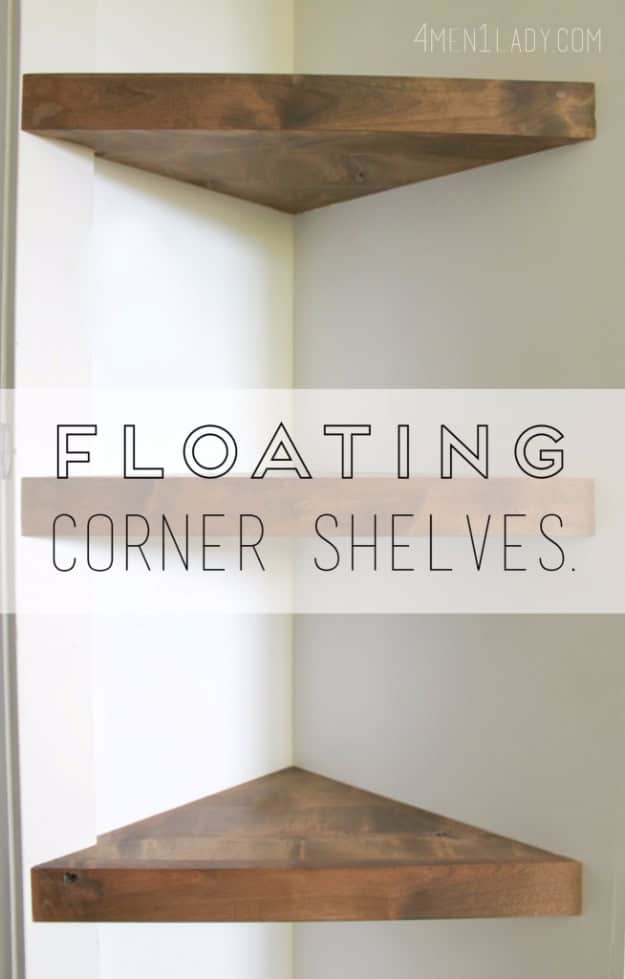There's a big differrence between waterproof and water-resistant
If this occurs, it could finally cause mould development or tile delamination even if water doesn’t get into the wall cavity. Of course, none of this will necessarily happen if the shower wall and niche are properly waterproofed, and there may be sufficient space behind the bathe area of interest for adequate insulation. Needless to say, there's a complicated collection of factors to contemplate like stud wall thickness, local climate, waterproof integrity of your bathe, and the quality and thickness of the wall insulation. The integrity of a tiled assembly requires significant rigidity in this wall to cut back the prospect of grout cracking, tile delamination, and failure of the waterproofing membrane. Some contractors don't even install the minimal surrounding construction required, which profoundly compromises the wall’s structural rigidity.
Regardless, it’s troublesome to predict what will happen if it’s put in over the membrane before the wall is tiled. The problem is that there is still only one layer of adhesive that retains water from getting behind the area of interest regardless when it’s mounted. Even if the wall cavity that incorporates the niche is completely waterproofed, water should get behind it with a single retrofit flange.
How a lot water vapour will move into the stud wall is entirely depending on whether or not or not a waterproofing membrane has been installed on the shower wall and how well your bathe area of interest resists moisture penetration. Even without a shower niche, this can simply occur inside a three half″ stud wall in the colder months, particularly if there isn't any waterproofing membrane on the shower wall. With a bathe niche taking up many of the house in a 3 half of″ stud cavity, moisture condensation in the wall cavity is virtually guaranteed if the temperature drops a couple of levels outdoors in comparison with inside.

Maybe you should read over my Shower waterproofing post to seek out out extra about waterproofing a bathe niche. You can also try my Shower Niche Guide should you’d wish to see an instance of a “tiled niche” and the tile edge trim that your contractor was doubtless referring to. I may additionally recommend that you just get another contractor in for a second opinion concerning the work. To be frank, it sounds like this guy doesn’t know what he’s doing. Only these completed bathe niche merchandise include a perimeter flange designed to be mounted flush with the tile backer board floor.

Standard Height For Shower Soap Dishes And Shelves?
First, you must provide a water-proof/resistant membrane in opposition to the wooden studs earlier than putting in the concrete backer-board to protect the wooden studs from moisture absorbed via the backer-board. Make positive the backer-board is fixed to the wall studs with galvanized screws or rustproof concrete backer-board screws.

How do you make floating corner shelves?
shelf goes in corner away from shower head about 5' above floor, soap dish goes on side wall near corner away from shower spray about 4' above floor. Keep them away from the spray and in a place where one need not put ones head under the spray to access the fixture.
- How much water vapour will move into the stud wall is totally depending on whether or not a waterproofing membrane has been put in on the shower wall and how well your shower niche resists moisture penetration.
- The membrane would cover the niche mounting flange so no screws were seen.
- Even with no bathe area of interest, this will easily happen within a 3 half″ stud wall in the colder months, particularly if there is no waterproofing membrane on the shower wall.
- With a shower area of interest taking on many of the area in a three half″ stud cavity, moisture condensation within the wall cavity is virtually assured if the temperature drops a number of levels exterior in comparison with inside.
Another BIG one among bathe area of interest set up errors, is the development of a custom horizontal tiled area of interest that compromises the structural integrity of the bathe wall. It is only through this attachment that the integrity of the waterproofing membrane may be maintained, maintaining your shower wall secure from the chance of water infiltration into the wall cavity.

Without a waterproofing membrane, this movement virtually always causes grout line cracking in your bathe area of interest. It normally starts out as very fantastic cracks at the corners that may’t simply be seen.
The membrane would cover the area of interest mounting flange so no screws had been visible. I am hoping that there is no less than a framed box within the stud cavity behind the wall so there’s a stable surface to apply this tile……. You know that this box also needs to be waterproofed accurately to prevent water from moving into your wall.

In a standard set up, the tile backer board is put in with a gap simply giant enough to allow the complete area of interest to be screwed directly to the framing installed earlier. Its mounting flange would then be flush with the backer board floor with a slight hole round which might be sealed and waterproofing membrane installed.
Floating Corner Shower Shelf


This flange is critically necessary as a result of it is the floor upon which the bathe wall waterproofing membrane will connect. If you decide to make use of concrete backer-board in a tub and/or bathe surround, there are some very important issues to remember.
